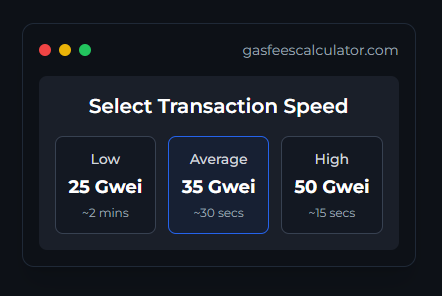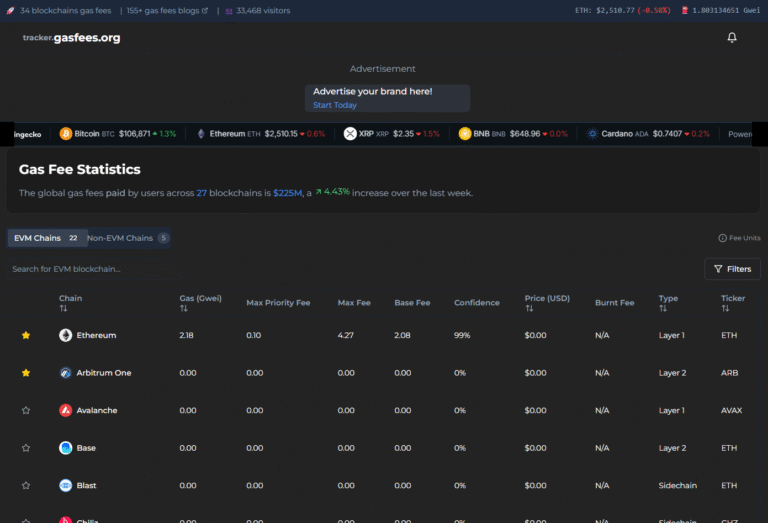What Are Osmosis Gas Fees?
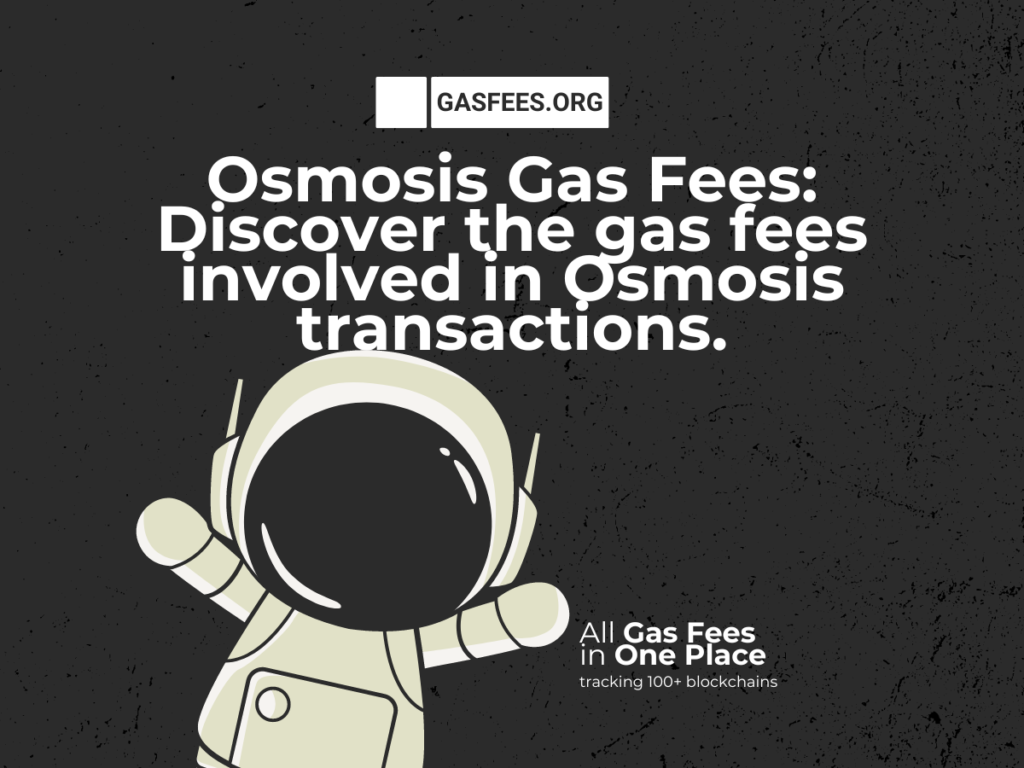
What are Osmosis gas fees? Written By: Mr. GasMan In the fast-changing world of blockchain and decentralized finance (DeFi), Osmosis has become a big name. It’s a decentralized exchange (DEX) on the Cosmos network that’s easy to use and full of features. To really use Osmosis well, you need to understand gas fees. This guide […]
What Are Klaytn Gas Fees?
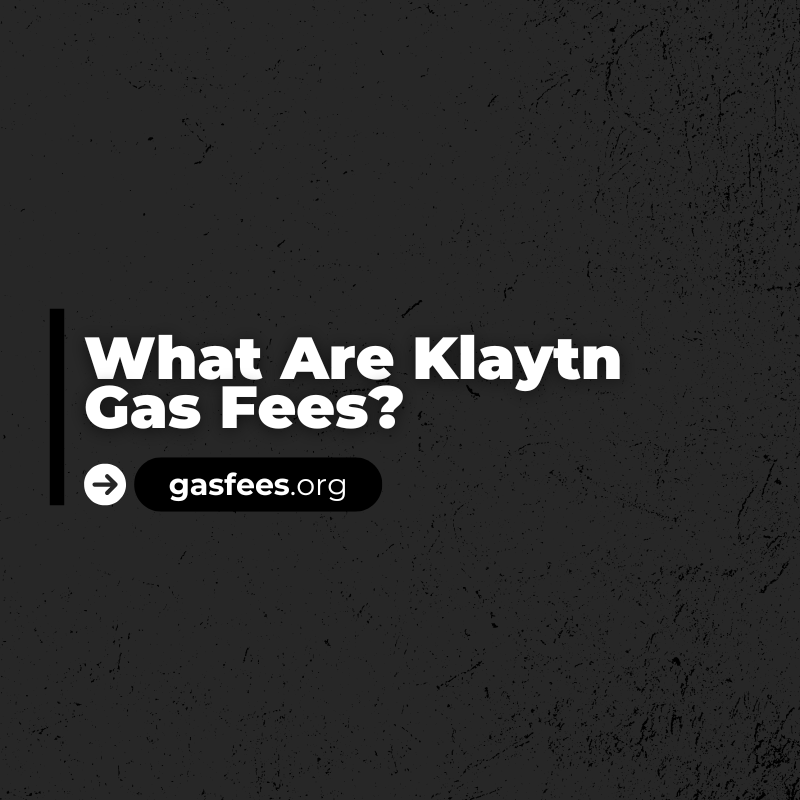
Klaytn, now part of the Kaia ecosystem, is a high-performance layer-1 blockchain designed for enterprise and DeFi applications, offering Ethereum-compatible smart contracts. Gas fees on Klaytn are the costs users pay to process transactions or execute smart contracts, calculated as Transaction Fee = Gas Used × Gas Price. Gas represents the computational resources required, while the gas price, historically fixed at 25 ston (a subunit of KLAY), now follows a dynamic pricing model based on network demand, ensuring flexibility and fairness.
For example, a simple KLAY transfer might use 21,000 gas, costing a fraction of a cent, while complex smart contract interactions, like DeFi swaps, incur higher fees. Klaytn’s low-cost structure—roughly 1/10th of Ethereum’s—makes it attractive for developers and users. Users can optimize fees by adjusting gas settings in wallets like Kaikas or using fee delegation programs, where third parties cover costs for specific DApps. Tools like Klaytn’s block explorer provide real-time fee estimates, helping users navigate this efficient, scalable network with ease.
What Are Palm Gas Fees?
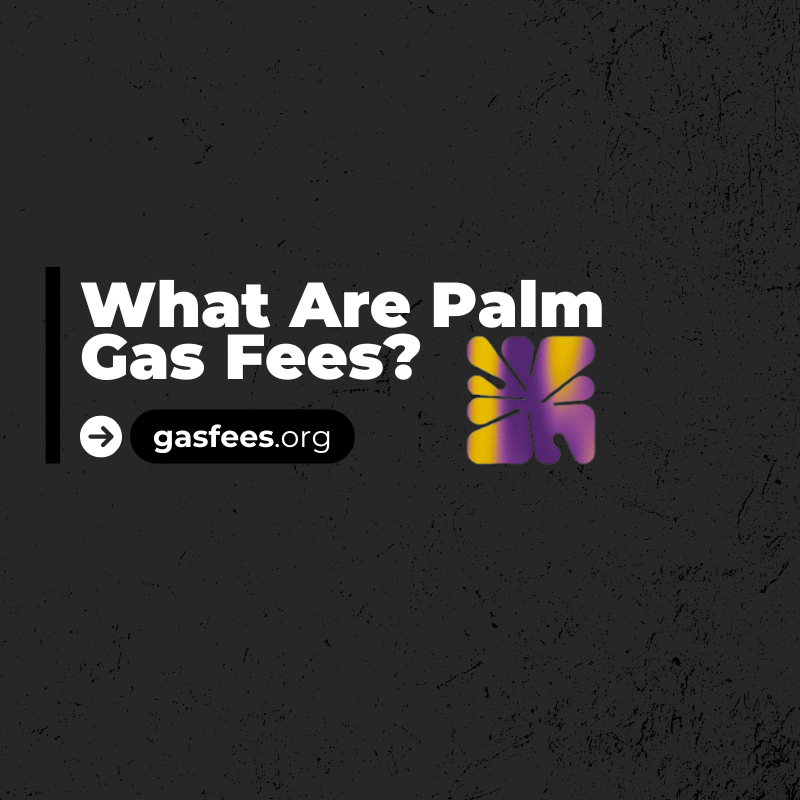
Palm Gas Fees refer to the transaction costs associated with using the Palm blockchain, a platform designed for eco-friendly NFTs and digital asset management. These fees compensate network validators for processing and securing transactions. Known for its low environmental impact and minimal gas costs compared to Ethereum, Palm is an ideal choice for creators and collectors seeking affordable and sustainable blockchain solutions.
What Are Arbitrum Gas Fees?
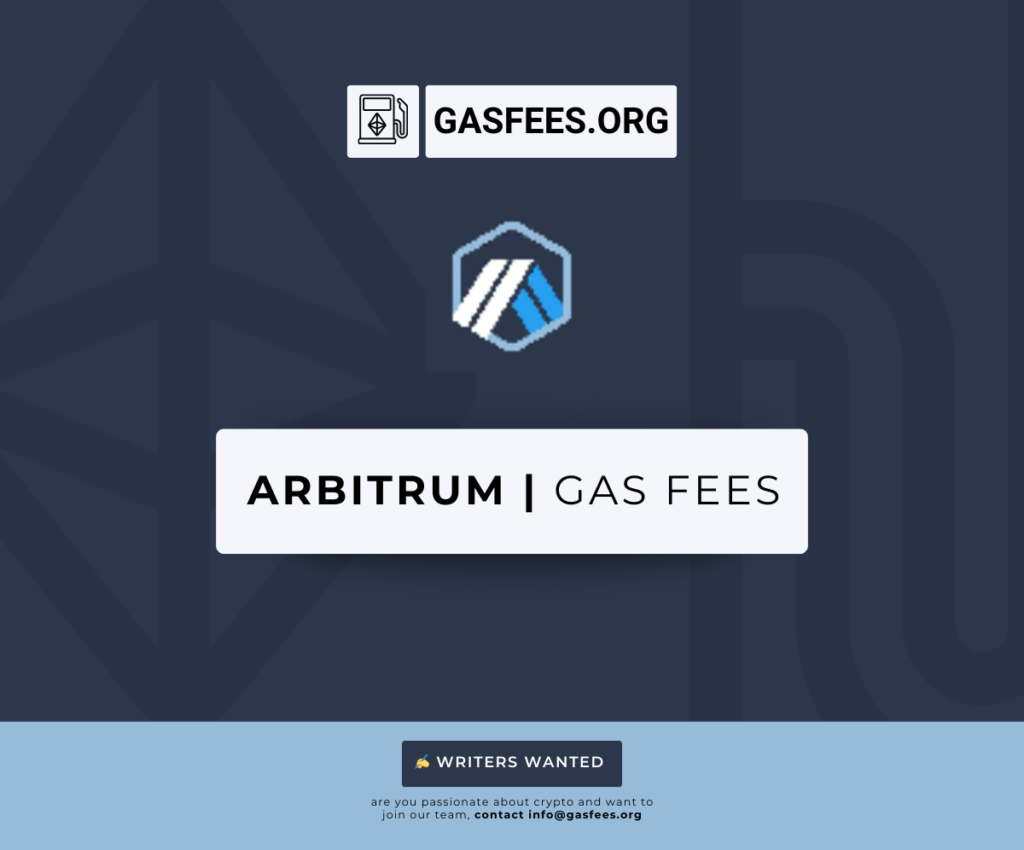
Arbitrum is one of the leading Layer 2 scaling solutions built on Ethereum, designed to offer faster and cheaper transactions. But what exactly are Arbitrum gas fees, and how do they compare to Ethereum’s? In this article, we break down how Arbitrum reduces costs, what factors influence its gas fees, and how you can monitor them in real time.
What Are Cronos Gas Fees?
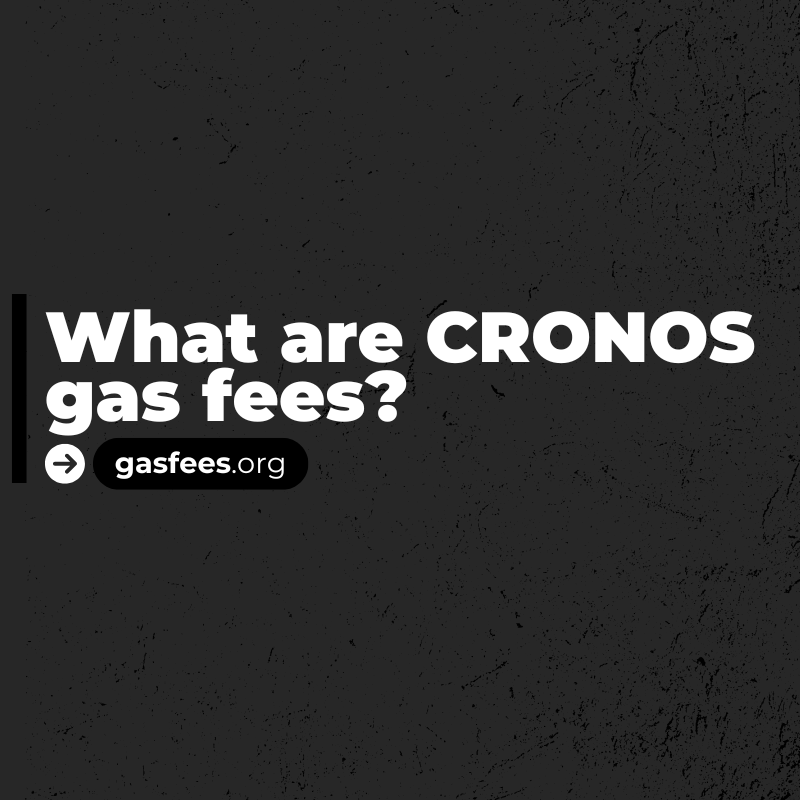
Cronos gas fees are the transaction costs users pay to perform operations on the Cronos blockchain, such as transfers, swaps, or smart contract interactions. These fees are paid in CRO, the native token, and help secure the network by compensating validators for processing transactions. Compared to Ethereum, Cronos typically offers lower gas fees, making it an attractive option for cost-conscious users in the DeFi and NFT space.
What Are Fantom Gas Fees?
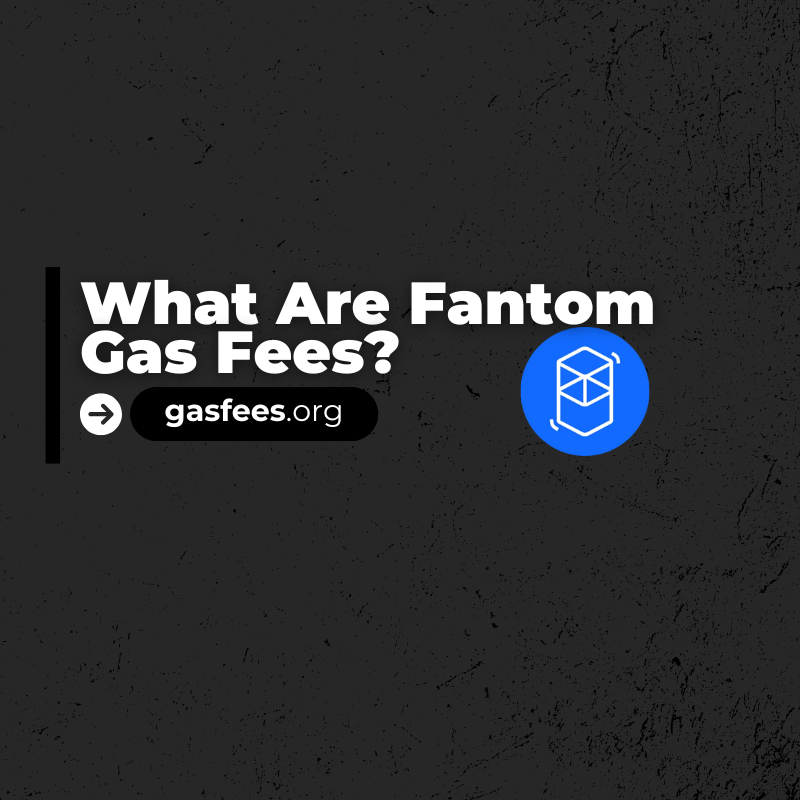
Fantom gas fees are the transaction costs associated with using the Fantom blockchain. These fees ensure the smooth operation of the network, similar to how gas is used as fuel in traditional systems.
